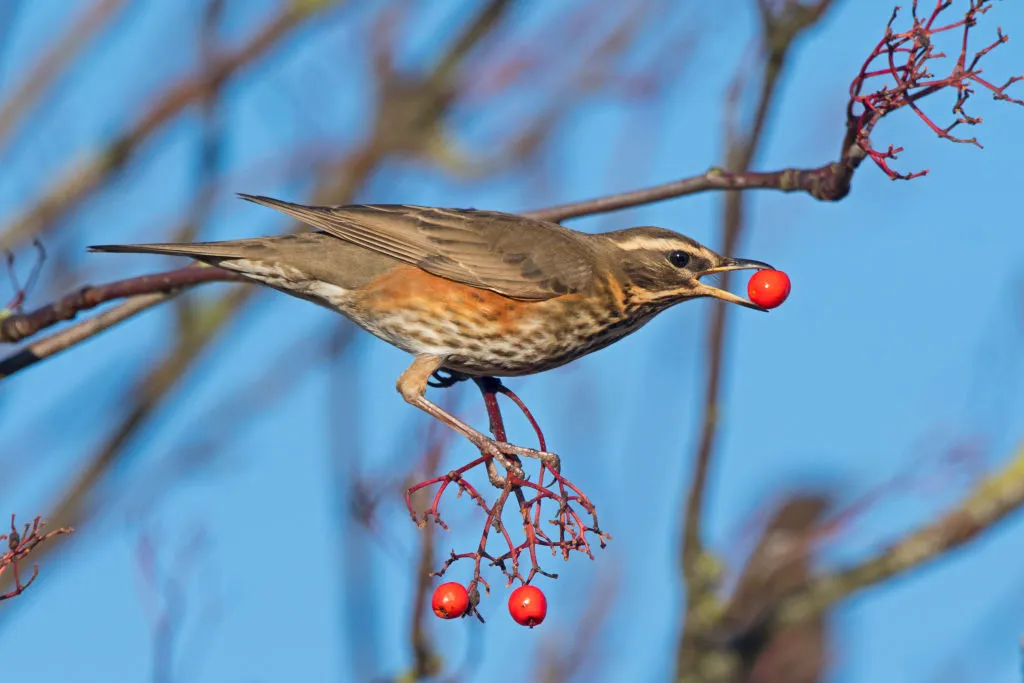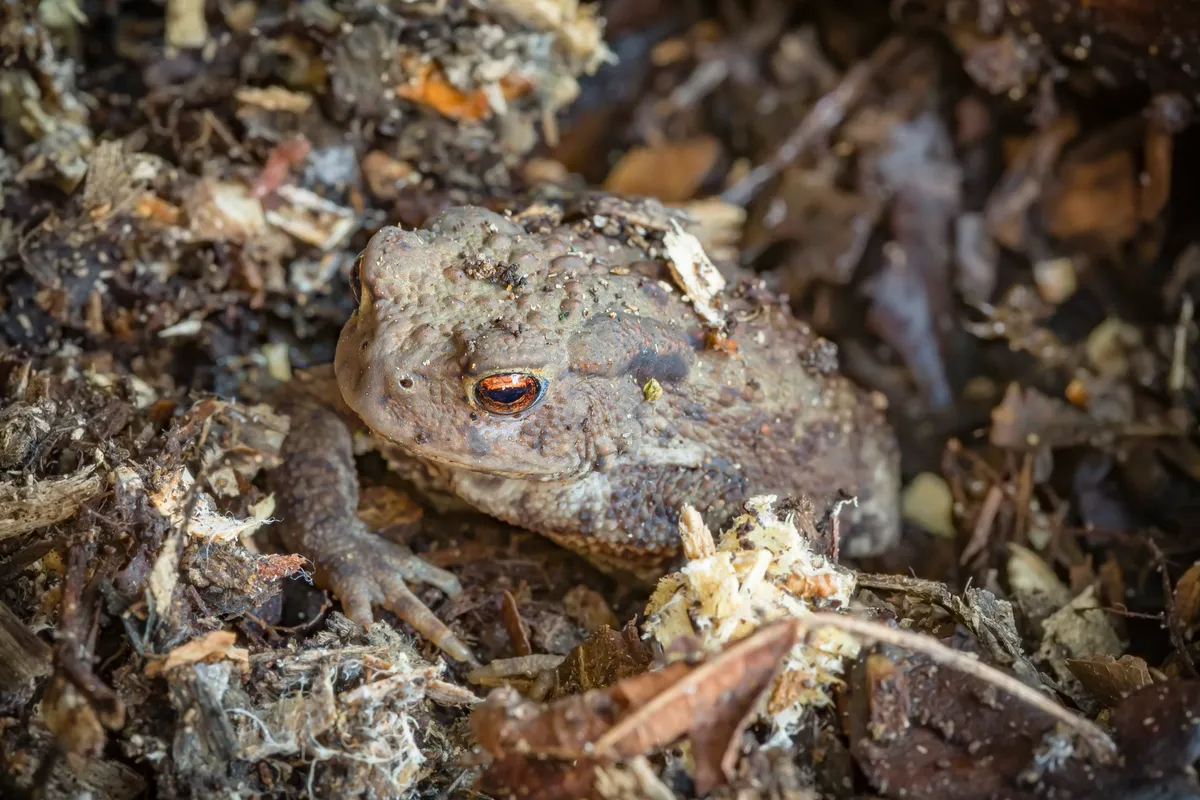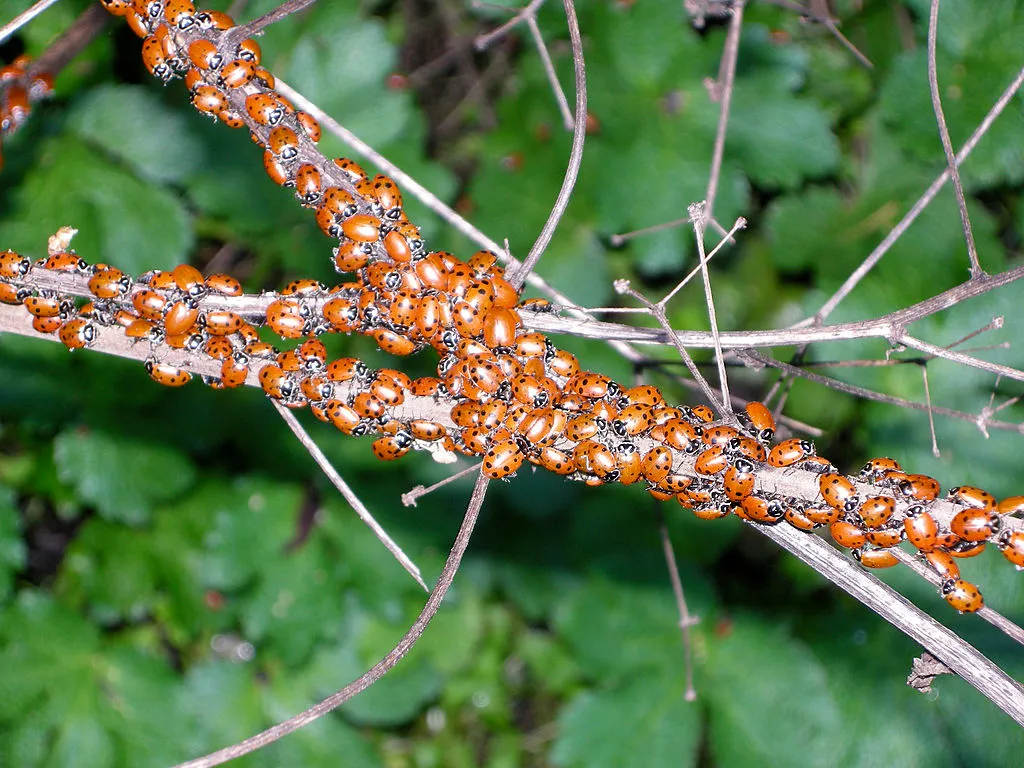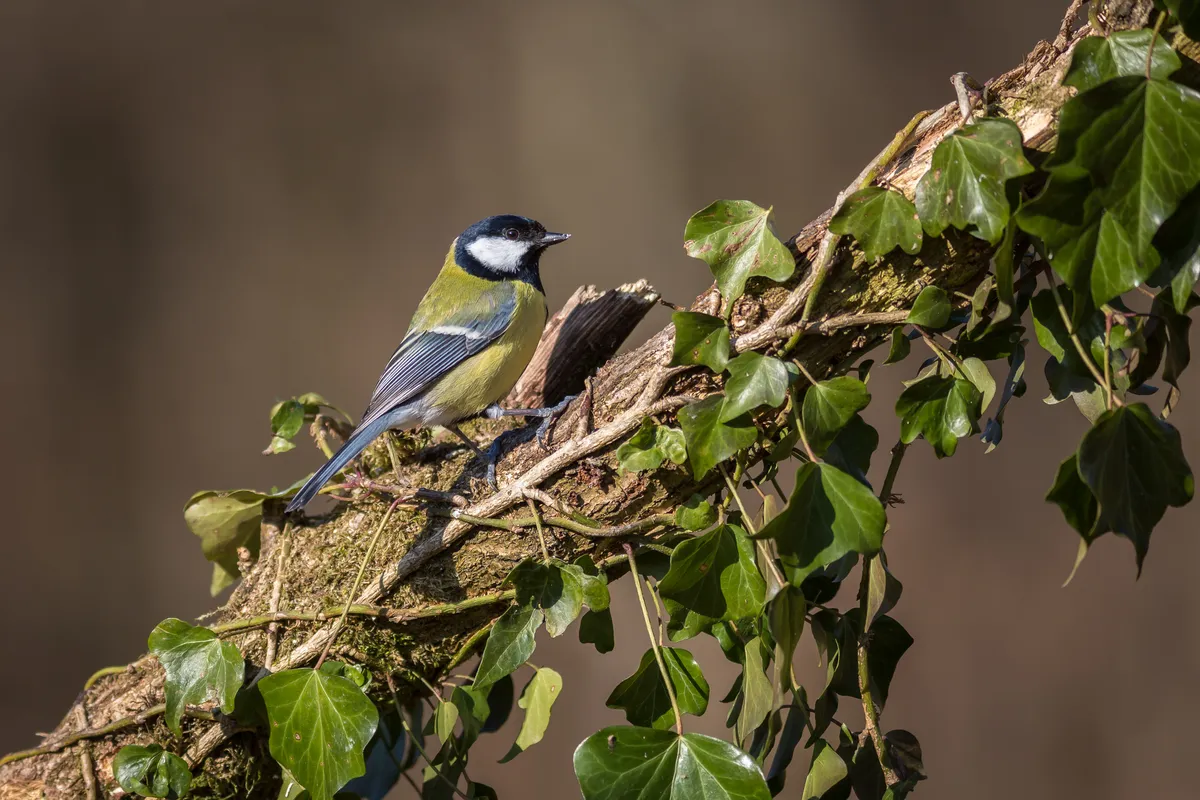As autumn turns to winter, many of us pack up our gardening tools and head indoors, paying little attention to our gardens again until spring. However, even in the depths of winter, our gardens should be bustling with life.
Throughout winter, gardens across the country continue to provide a lifeline for many of our native species, especially if we make a few easy adjustments that will make all the difference to the wildlife on our doorstep during the harsh winter months.
Here we provide some quick and simple tasks for ensuring wildlife can thrive in your garden all winter long.
Gardens can look a bit dull in winter, but they don’t have to. As well as providing habitats for a host of overwintering residents, a good wildlife garden will attract flocks of birds. In fact, the harsher the weather and the less food there is in the countryside, the more important gardens become for our feathered friends. Feeding birds throughout the winter is important, because it increases their breeding success the following year. So start prepping now, and read about how you can feed birds ethically.
Gardens don’t need to be messy to offer a variety of wildlife habitats in winter. Natural foods for birds often look attractive – brightly-coloured berries on trees, windfall apples and pears, ivy berries and the seeds of plants such as docks and teasels all work well.

But as winter progresses, birds will become more dependent on the food you put out. This is when they use feeders most heavily, so hygiene is important: clean your feeders and tables now by soaking them in sterilising fluid, and get into the routine of washing them regularly.
The onset of winter is also an ideal opportunity to clean out your pond and remove old nests from nestboxes (scalding the box with hot water will kill parasites). Don’t forget to carry out any necessary repairs and check the boxes are still firmly attached, replacing dilapidated ones, and cleaning existing ones.
- Peacock butterflies and small tortoiseshells hide in shed corners during the winter. Try to avoid disturbing them.
- Toads and newts like to spend the cold winter months in greenhouses or under pots or piles of bricks. Frogs are more likely to be seen in piles of leaf litter, while some males will hide at the bottom of ponds. For more information on how you can help care for hibernating amphibians, read our guide.

- Violet ground beetles are one of the few insects that remain active throughout the winter. They can be seen out hunting for worms and other prey in leaf litter and flowerbeds.
- Ladybirds gather in large clusters to overwinter on dead plant stems, particularly in more sheltered parts of the garden.

- Wrens can lose up to 10 per cent of their body weight on cold nights. They conserve heat by roosting communally, often in empty nestboxes.
- Patchwork leaf-cutter bees use holes in dead wood as nest chambers, as do several other insects. Help them by drilling holes in a log or a block of wood left over from your DIY, or by creating your own bee hotel.
- Dragonfly larvae stay active even in midwinter, so always clean your pond with care. They are ferocious predators.
- Spiders often overwinter as eggs – in the image above, a female Zelotes latreillei has just laid hers for the winter. So avoid digging your beds except when necessary.
- Moths survive the winter in the soil as larvae or pupae (a prime example is the angle shades moth, a common species in gardens).
THINGS TO DO IN AUTUMN
Most people tend to tidy their gardens in autumn, but often take this to the extreme. They blitz them, removing most of the shelter for wildlife and leaving overwintering invertebrates homeless in the process. You can help wildlife by leaving as much tidying up as possible until the end of winter, and doing so can make your garden look more attractive, too.
This is the season when it’s easiest to get into your garden to make changes in preparation for the coming year. So take the opportunity to look around and decide where to add new wildlife features, such as a log pile or pond (creating your own pond might be easier than you think), or a mini wildflower meadow.
Pay special attention to your flowerbeds and hedges – it’s time to single out the plants that do not contribute very much, swapping them for species that will attract more animals to your garden. Also consider buying wildflower ‘plugs’ to add colour and variety to your lawn.
Plant new hedges or replace some of your existing ornamental species with natives such as hazel, hawthorn, buckthorn and guelder rose. Doing this now gives the plants time to establish roots, and will add to the overall diversity and interest in your garden next year.
- Spread fallen leaves over your flowerbeds. As well as providing a rich mulch, they create a superb foraging habitat for thrushes and blackbirds in winter. Frogs and invertebrates also like to overwinter among damp leaves (you can make your own frog hibernaculum using just leaves, shrub clippings, and a grow bag).
- Leave dry plant stems standing in the garden – all kinds of insects will crawl inside to spend the winter. They often have an interesting architectural quality, too, and look great covered in frost or spiderwebs. When you do cut them in spring, leave them in a stack until May to allow all of the overwintering insects to emerge.
- Avoid cutting hedges until the end of winter to provide valuable shelter for birds and give them more time to eat the berries.

- Resist the urge to cut back ivy growing on walls and fences. Wait until March so the berries are available to birds and the foliage can provide a foraging habitat for insect-eaters such as tits. Planting different varieties of ivy, with a range of leaf shapes and patterns, creates a bold visual impact.
- Clear your pond out between October and early January – this is when wildlife activity is lowest. However, there will still be plenty of snails, dragonfly and damselfly nymphs and other invertebrates in the vegetation that you pull out, as well as the occasional newt. So sort through it to rescue trapped animals and spread it out on the edge of the pond for a day or two.
- Put a few clay (not concrete) roof tiles in the pond to provide cover for overwintering frogs and other aquatic wildlife. If there is a cold snap and your pond freezes over, do not leave the ice or the water will become deprived of oxygen. Melt it by placing a pan of hot water on the surface.
Learn more about how to make your garden more wildlife friendly throughout the year.